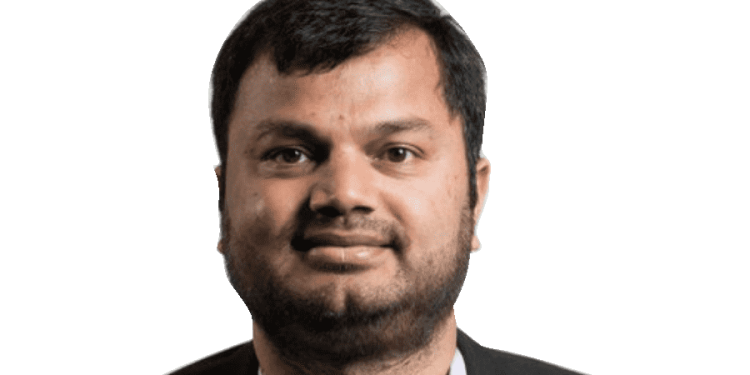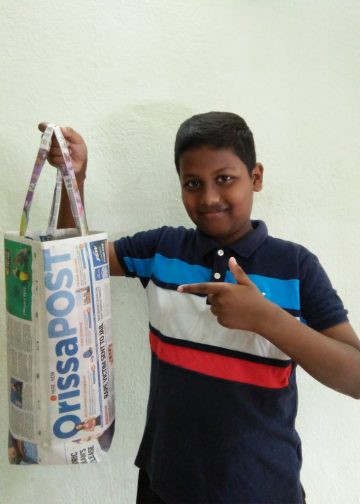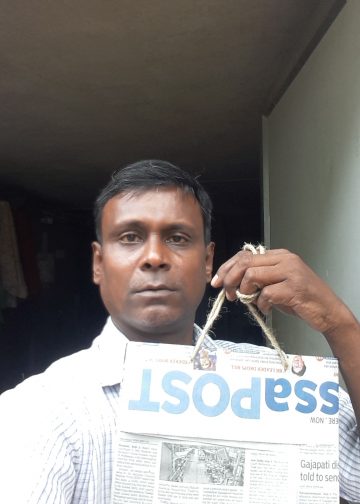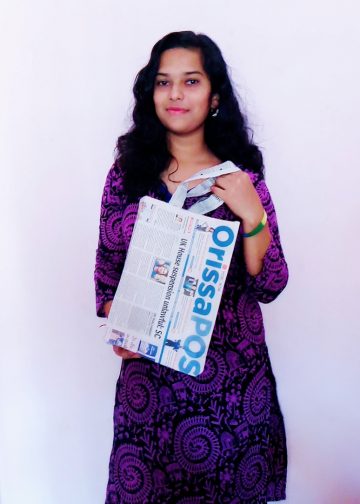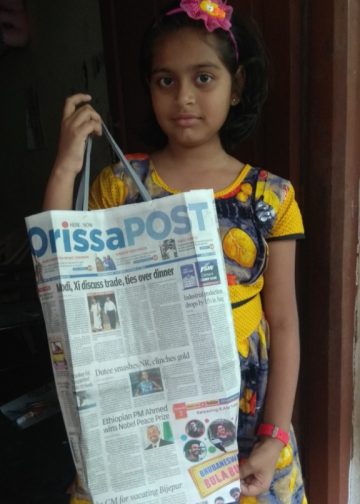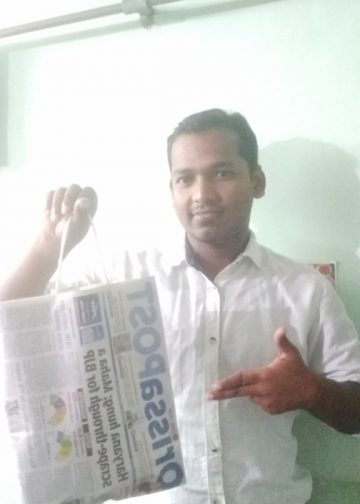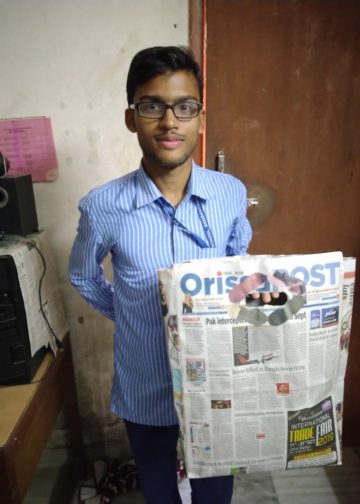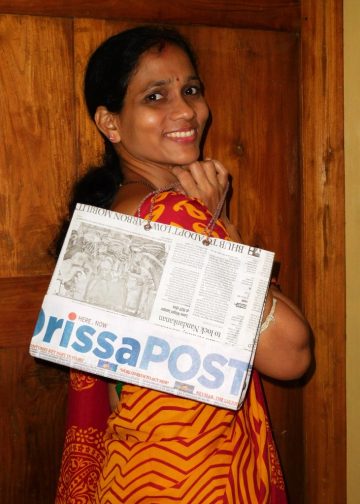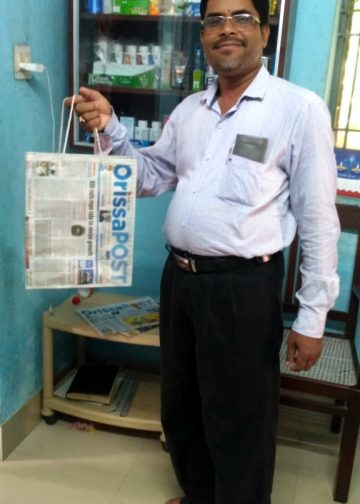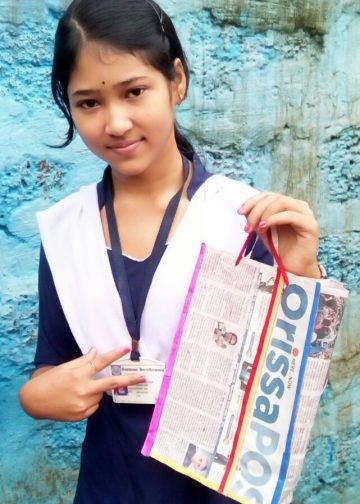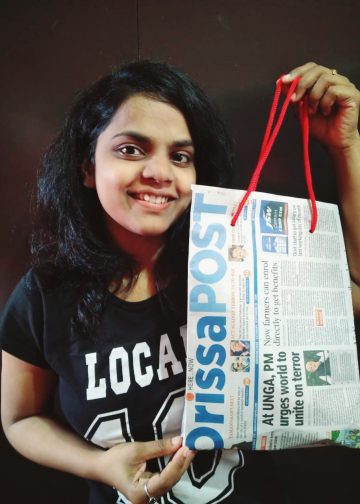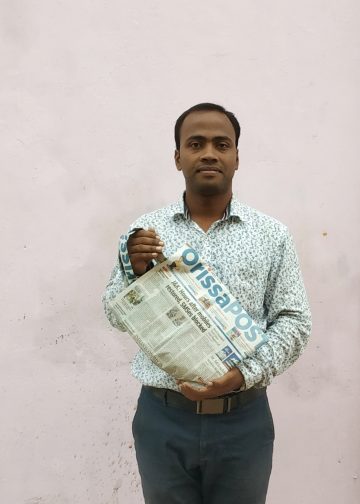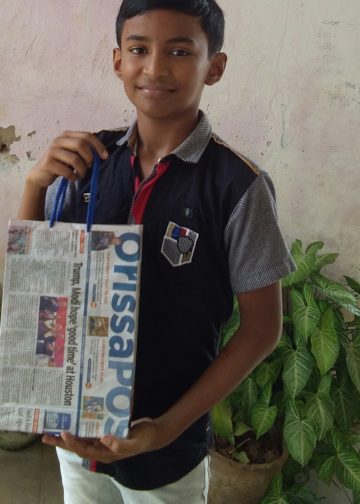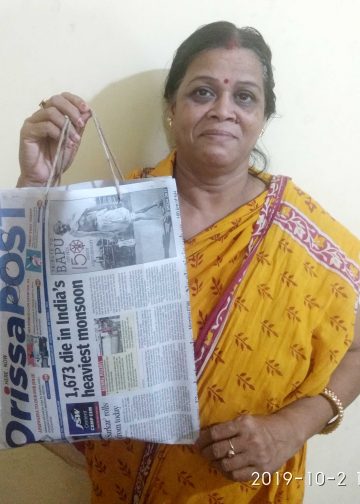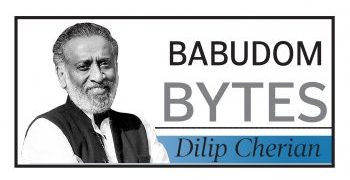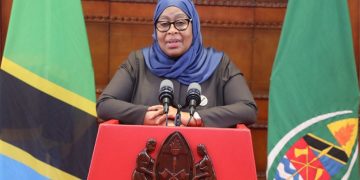By Bhabani Shankar Nayak
As the dust of the recently concluded mayoral election settles in New York’s political consciousness, a new dawn begins. Red babies are once again in the streets of Harlem, and it is now confirmed that thirty-four-year-old Zohran Kwame Mamdani is the mayor-elect of New York City. Mamdani, a self-confessed socialist, is a member of both the Democratic Party and the Democratic Socialists of America. His victory demonstrates that market-led bourgeois politics can be challenged and defeated by working people united around a clear, progressive political agenda.
New York is one of the richest cities in the world, yet one in four of its residents lives in poverty. The costs of housing, rent, childcare, transportation, food, and other essentials have become unaffordable for a dignified, basic life. In this wealthy city, more than 500,000 children go to bed hungry each night. In response to such acute crisis, Mamdani offers politics of hope in the hopeless world of racialised capitalism in the USA. Mamdani’s campaign promised to freeze rents, reduce the cost of childcare, double the minimum wage, provide free public transportation, and increase corporate tax rates. He also pledged to establish city-owned grocery stores, expand mental health services, and promote community safety across New York. These progressive policies are not radical enough for a total transformation, but the policies are a necessary response to the times and essential for the survival and dignity of working people in New York.
Mamdani’s victory is the outcome of historic struggles and mass mobilisation led by Black people in the city under the leadership of the Communist Party. During the post–Second World War depression years, trade unions, WPA workers, the Workers Alliance, tenants’ unions, legal defense organizations, and cultural groups—under the leadership of the Workers Party of America (WPA) and the Communist Party USA—from 1921 to 1939 mobilised the working masses and communities around demands similar to those Mamdani is raising today.
Major Black organizations such as the National Association for the Advancement of Colored People (NAACP), the Urban League, Garveyites, and other Black and civil rights groups led by communists played a significant role in shaping progressive politics and proposing alternative policy platforms to confront racialised capitalism in the city. Black communists in Harlem, in particular, were instrumental in developing the progressive political traditions and policy ideas reflected in Mamdani’s platform today. Rampant racism and economic depression created fertile ground for the growth of radical and progressive politics led by the Communist Party in Harlem. Mark Naison, in his book Communists in Harlem During the Depression (University of Illinois Press, 1983), documents in detail the contributions of these activists and movements.
The communists were among the founders and principal organisers of the Harlem Renaissance, which gave rise to powerful cultural, political, and intellectual movements led by African American communities. These movements flourished across art, cinema, dance, fashion, film, music, literature, theater, culture, and radical scholarship—laying the progressive foundations of New York City at a time when both Democratic and Republican leaders were more concerned with protecting their shared interests in systems of exploitation and racial inequality based on slave ownership.
This pattern of political collaboration continues to resonate today—for instance, when Republican President Donald Trump expressed support for former Democratic Mayor Andrew Cuomo during the recently concluded mayoral election in New York. Mamdani’s victory, achieved despite fierce opposition from the billionaire class, stands as a testament to the enduring legacy of the Harlem Renaissance. The victory also mirrors the heroic and historic 1968 struggle against Columbia University, when the Black United Front in Harlem, the Students’ Afro-American Society, and the Students for a Democratic Society confronted both Columbia University and the city’s political and economic establishment. They rose up against racist gentrification driven by the ruling-class slumlords—and the people of Harlem and Morningside Heights ultimately won that struggle.
The Black men, women, and tenants of Harlem and Morningside Heights have long served as the moral compass of New York City’s politics, shaping the struggles of working people and paving the way for victories like Mamdani’s.
However, reactionary forces in all their forms have already begun attacking Mamdani. The path forward will be difficult, but only the persistence of working-class struggles and ideological battles can secure the lasting gains of this political victory. The future of Mamdani’s politics, leadership, organisation, campaign, and movement will depend on his ability to carry forward the progressive and radical legacies of the communists, socialists, and civil rights struggles that shaped the city’s political consciousness.
His challenge is to make their emancipatory agendas relevant to the people of New York today. The struggle against racial capitalism remains central to realising Mamdani’s political promises. There is no shortcut to liberation—only the continued strengthening of ideas, movements, and organisations dedicated to freeing working people from the modern forms of racialised capitalism, both in the United States and beyond.
Political contradictions are natural, but even a single ideological deviation, opportunism, or political compromise risks destroying the hard-won progressive gains of the working-class movement and jeopardising its future. Keep hope alive in progressive, democratic, and socialist politics by unwaveringly upholding the interests of working people. March forward to greater and wider victories, grounded in radical political commitment to the people and the planet.
The writer teaches at the London Metropolitan University

